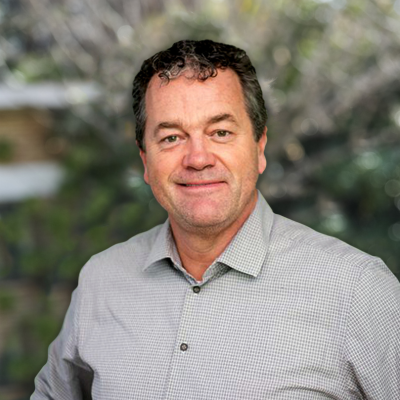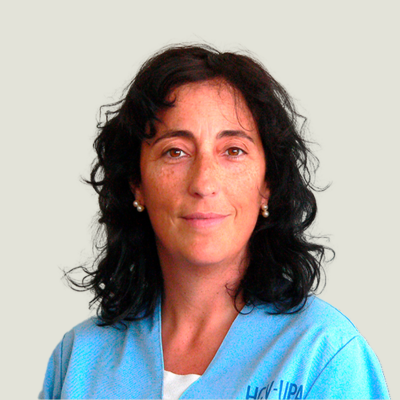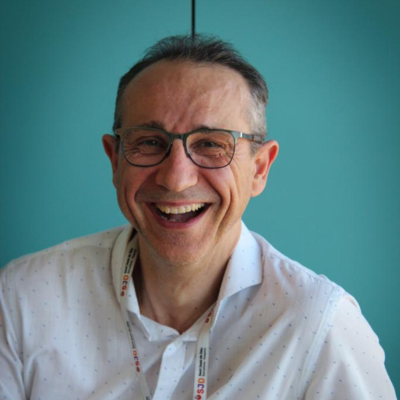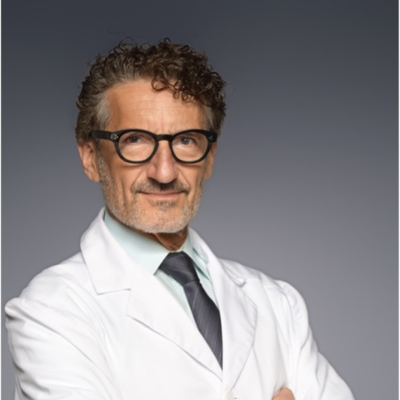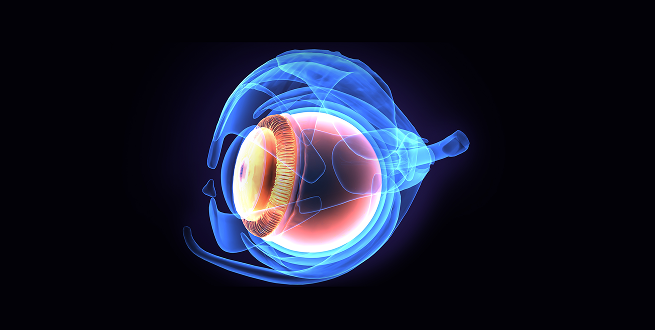Each client is unique. So is the team needed to carry out their project


Thanks to our extensive network and versatility, we provide the best experts in every field, both in human or veterinary medicine. We also welcome surgeons and experts provided by sponsors to assist with the projects.
Our approach involves an ad hoc team, a tailored model and solid results. We are open and flexible because we value the uniqueness of each case and we thrive on accessible innovation.
Ready to achieve your project goals
Such an extensive network of experts in different therapeutic areas offers multiple advantages. Amongst them:
The role of experts in our work process
Our network of experts and collaborating partners, with their expertise, complements and enriches the work of our team to achieve our sponsors' objectives in the most efficient way possible. Including both the protocol preparation and the study execution.
After defining the protocol to follow and gathering the necessary authorizations to carry out a specific project, we enter the phase of inclusion and execution of the study.
-
01
Protocol & AuthorizationAnimal Welfare Body & Ethical Comitte
-
02
Inclusion + Study execution
Surgeon and other experts
Histopathology, Bioanalysis, Specific test or imaging
-
03
Final reportDelegated phase final reports
02 / Partnerships
Pioneering companies in the field of health:

Related projects
Stay up to date with all Versa Biomedical news, events and achievements.








